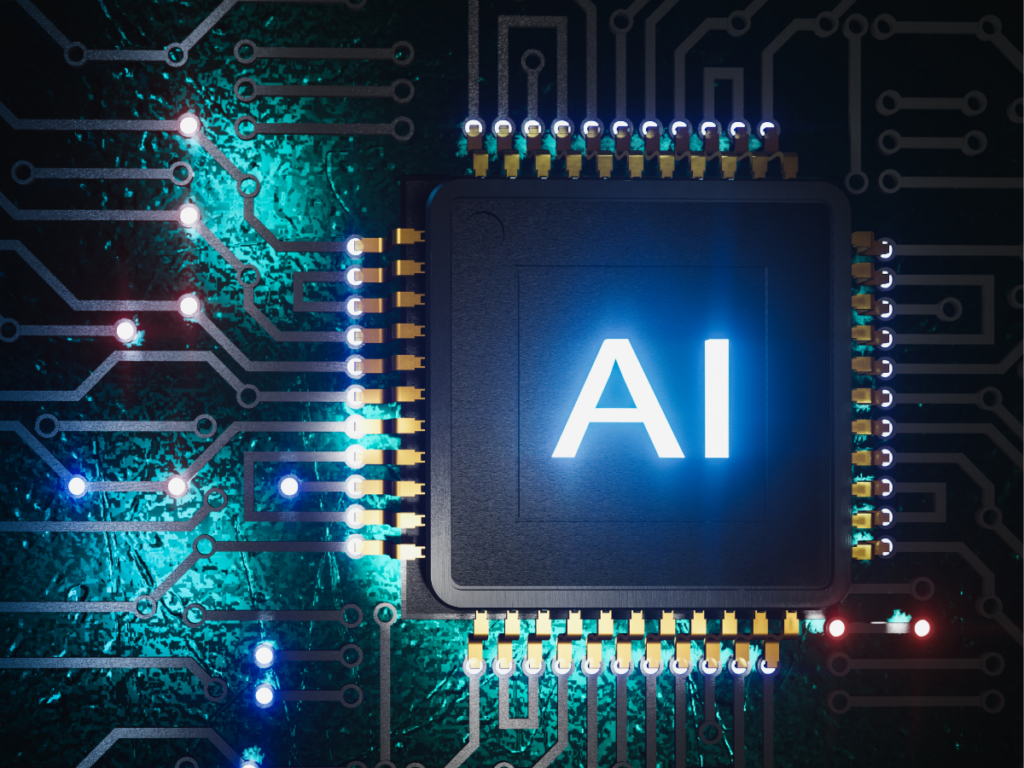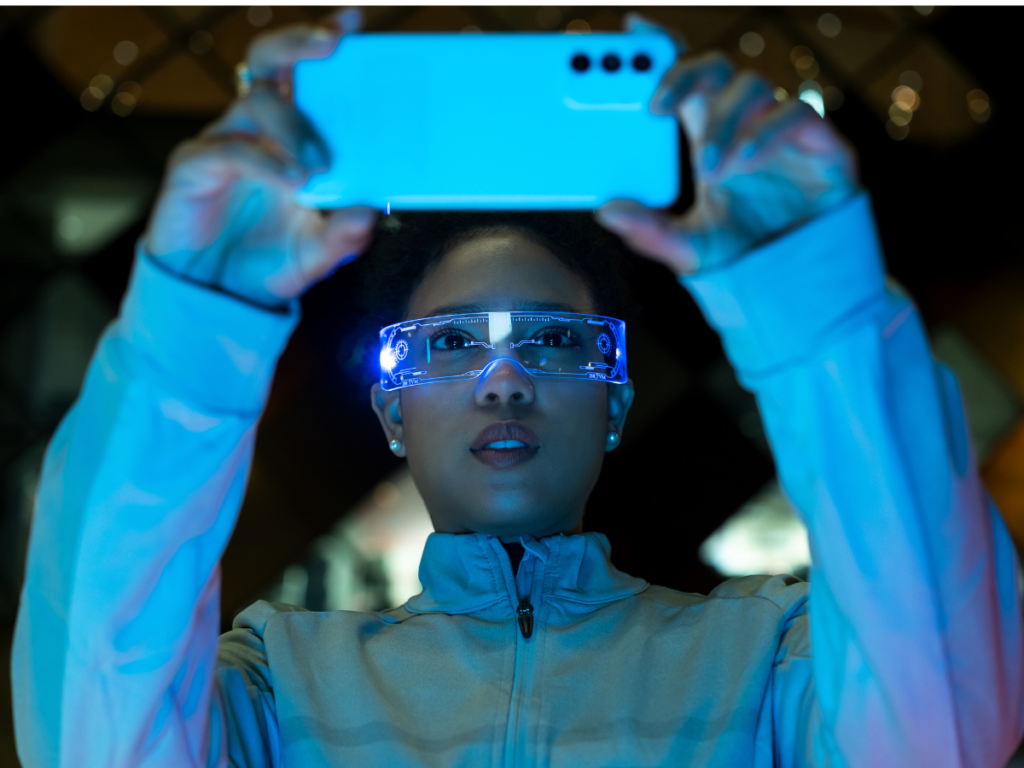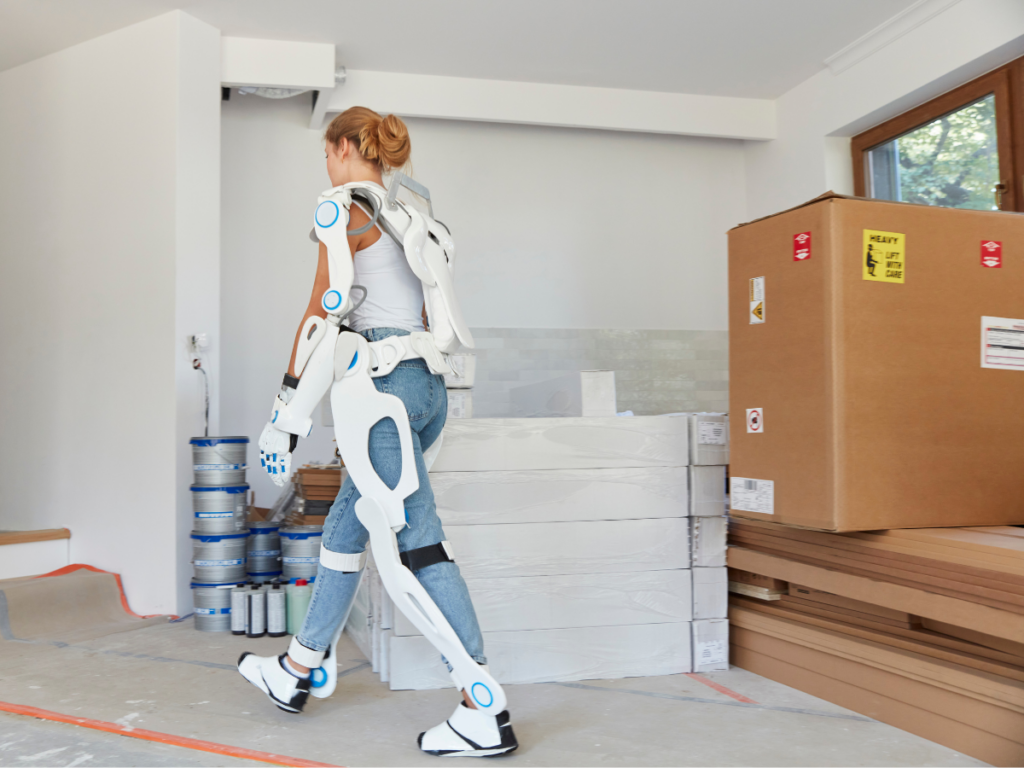The Growing Role of Safety Wearables
Safety wearables have become increasingly important in recent years, and 2025 is proving to be a landmark year for innovation in this space. These devices are invaluable for organizations for preventing accidents and injuries and collecting crucial data on movement, environmental factors, biometric readings and more. This fosters a deeper connection between workers and data, enhancing safety leadership and creating optimal workplaces. This article highlights the latest advancements in wearable safety technology available today.

AI Integration & Predictive Capabilities
Artificial intelligence is playing an increasingly central role in wearable safety technology, helping to predict and prevent workplace incidents before they occur.

- AI-Powered Augmented Reality (AR) Glasses: These smart glasses overlay digital information onto the real world, providing real-time hazard visualization and step-by-step troubleshooting guidance. This technology enhances situational awareness and allows for quicker decision-making in high-risk environments.
- Enhanced Connectivity Through 5G: The rapid transmission of data over 5G networks allows for seamless communication between workers, supervisors and AI-driven safety systems. Wearables can now instantly send alerts, stream live data and synchronize with broader safety platforms.
- AI-Enhanced Exoskeletons: Companies like Ottobock are pushing the boundaries of exoskeleton technology by incorporating AI to optimize movement support. These wearables analyze user movement in real time, adjusting assistance levels to minimize fatigue and prevent overexertion injuries.
Data Collection & Connectivity
Wearable technology is revolutionizing safety by offering real-time data collection and enhanced connectivity, ensuring that workers and safety managers are always informed.
- Environmental Monitoring Wearables: Devices like those from StrongArm continuously track environmental factors such as temperature, humidity, noise pollution and air quality. These wearables seamlessly integrate with PPE to ensure workers remain aware of hazardous conditions before they escalate.
- Proximity Warning Sensors: Rombit has developed smart wearables that predict and prevent dangerous interactions between workers and vehicles. These sensors, embedded in vests and wristbands, use AI to detect movement patterns and issue immediate alerts to reduce collision risks.
- Connected Safety Platforms: Advanced wearables now integrate with centralized safety management systems, providing instant access to biometric and environmental data. This connectivity empowers safety managers with real-time insights, allowing them to make informed, proactive decisions.
Worker-Centric Safety
Modern wearables are designed with worker well-being as the top priority, focusing on personalized health monitoring and real-time risk prevention.
- Worker Vital Sign Monitors: Devices like SlateSafety’s BAND V2 track biometric data such as heart rate, core temperature, and hydration levels. These insights help detect early signs of fatigue, heat stress, and overexertion, allowing for intervention before an incident occurs.
- AI-Driven Health Alerts: Wearables powered by Palladyne AI use machine learning to predict potential health risks. By analyzing biometrics, these devices can identify patterns that indicate dehydration, stress, or impending health issues and notify both the worker and supervisors.
- Lone Worker Monitoring Systems: Designed for employees in remote or high-risk environments, these systems feature enhanced geofencing, fall detection, and real-time connectivity. Wearables can trigger automatic emergency alerts, ensuring rapid response to incidents.
Automation & Hands-Free Operation
The push for hands-free safety solutions has led to the continued development of wearables that automate workplace safety processes, allowing workers to focus on their tasks while remaining protected.
- Augmented Reality (AR) Glasses: By integrating AI-powered visual overlays, AR glasses help workers follow step-by-step safety procedures and receive real-time hazard warnings without needing to stop what they’re doing.
- Adaptive Exoskeletons: Ottobock continues to refine exoskeleton technology by incorporating dynamic support systems that adjust in real-time. These devices assist with lifting and repetitive tasks, reducing the risk of musculoskeletal injuries.
- Autonomous Proximity Warning Sensors & Biometric Monitors: Innovations like Rombit’s smart wearables operate continuously with minimal manual input. These devices detect hazardous proximity zones and monitor worker vitals, ensuring uninterrupted safety oversight.
Multi-Functionality & Integration
Wearable technology is becoming increasingly versatile, combining multiple safety functions into a single device to maximize efficiency and worker protection.

- Environmental Monitors with Biometric Tracking: Devices like SlateSafety’s BAND V2 provide a holistic approach to safety by integrating heat stress monitoring, biometric data collection and real-time alerts into one wearable system.
- Ergonomics Wearables: StrongArm’s ergonomic wearables analyze worker posture and repetitive movements, offering real-time feedback to reduce musculoskeletal strain and injury.
- Advanced Exoskeletons with Data-Driven Insights: AI-enhanced exoskeletons from Ottobock optimize worker movement while collecting valuable data on muscle fatigue and movement patterns, making them more efficient and user-friendly.
The Future of Wearable Safety Technology
The future of wearable safety technology is astonishingly bright. Devices are becoming smaller and more multifunctional, capable of monitoring environmental conditions, worker vitals, and ergonomic risks simultaneously. Predictive analytics powered by AI allows employers to not only respond to immediate hazards but also anticipate and prevent potential risks.
Companies like SlateSafety, Rombit, StrongArm, Palladyne AI and Ottobock are pioneering these advancements, each bringing unique innovations to the field. SlateSafety’s BAND V2, for example, exemplifies the next generation of worker safety wearables, combining real-time alerts, vital sign monitoring, proximity detection, and environmental sensing into a single device.
In 2025 and beyond, wearable safety technology continues to redefine workplace safety, ensuring workers are protected and employers have the tools to foster safer, more productive environments.

